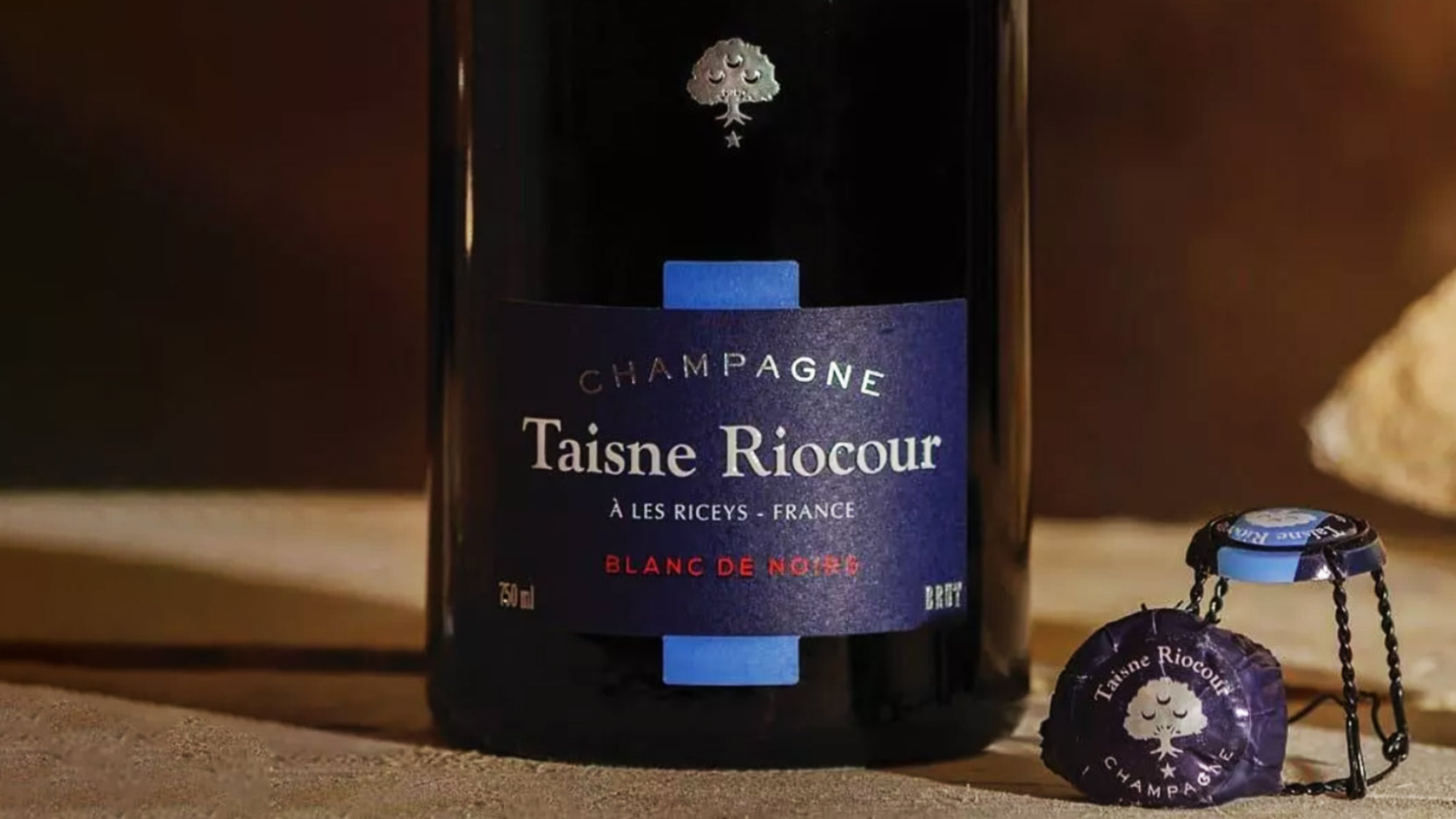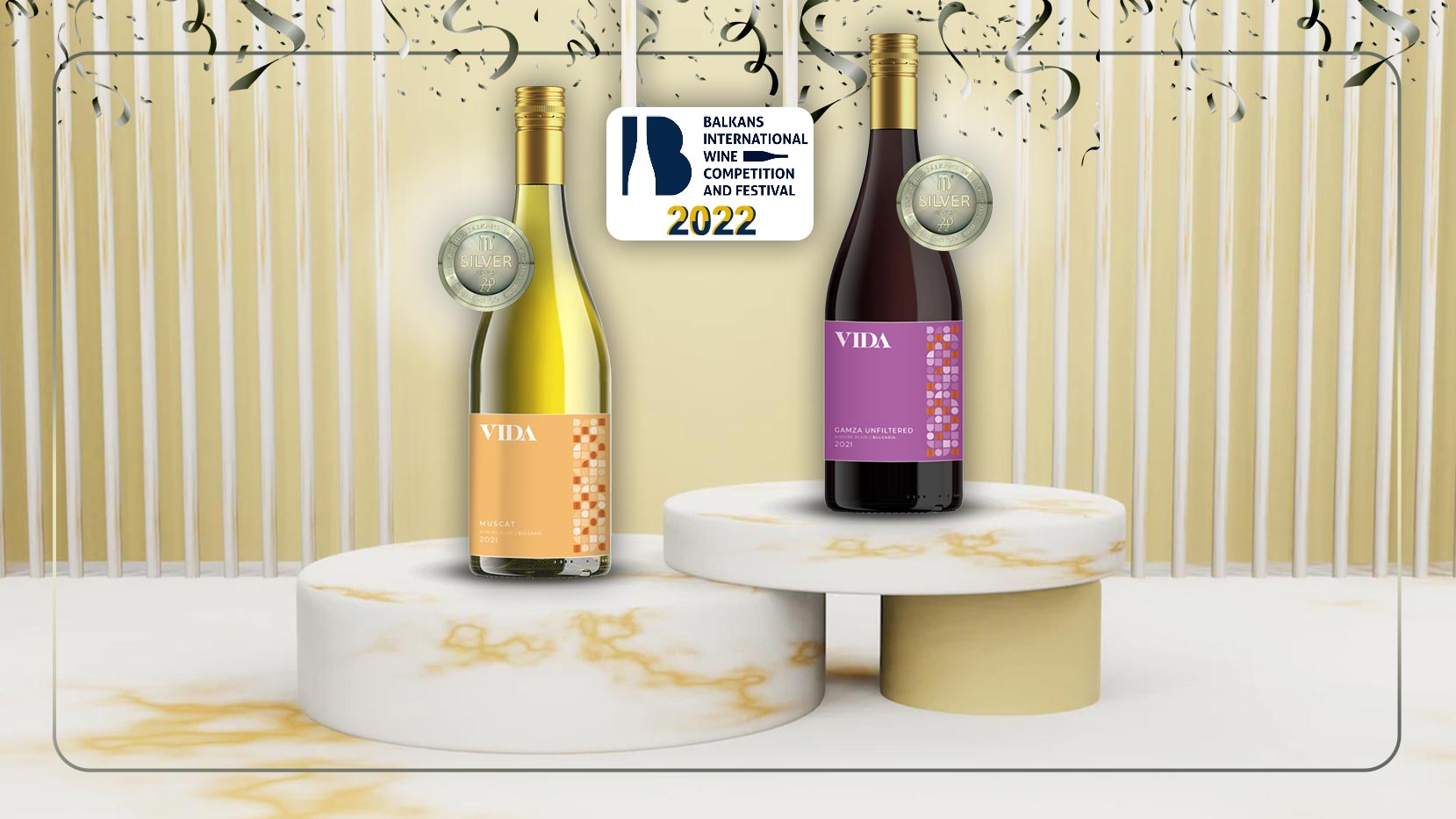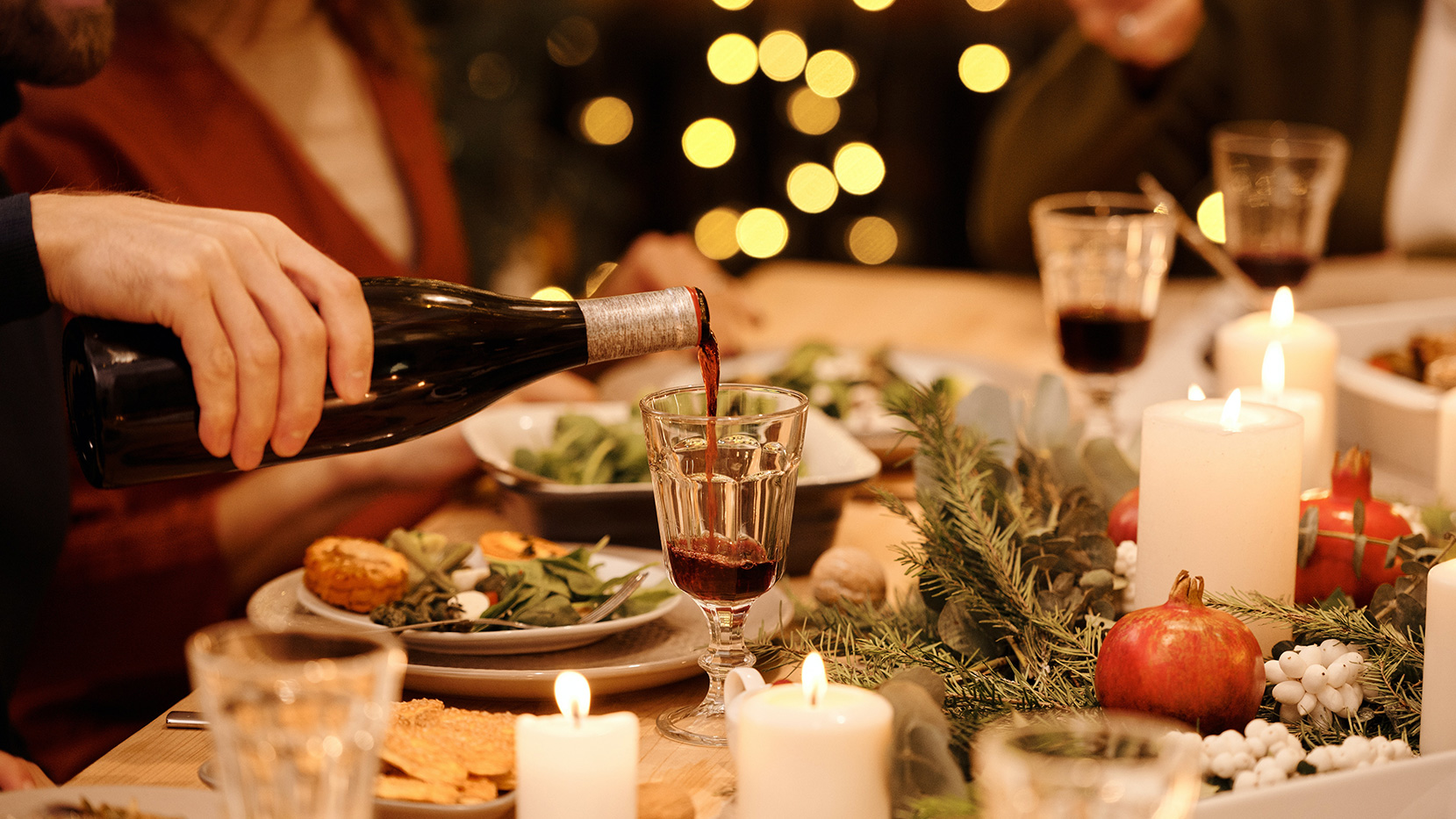Basic tasting terms: Aroma or nose
When it comes to wine, you'll inevitably hear people around you talking about 'tasting'. Why the wine is tasted and how this process can enrich us with, you'll find out in our series of posts "Basic terms of tasting".
In the first article of the series we looked at what the colour of the wine can tell us and why appearance is always important, even with wine. We move on to the next, very important, step of the tasting, which has to do with the nose - ours and the wine's. Our task here is to capture, categorize and evaluate the aromatic components in the wine's profile. Quite simply put, this is done by swirling the glass and sniffing.
Why are we spinning the glass? Because the human sense of smell is only able to detect an odour if it is in a gaseous state and swirling the glass will release the volatile substances in the wine. Interesting facts are that humans are able to distinguish between 2,000 and 3,000 different smells (and wine, whisky and perfume makers up to 10,000) and that women have a better sense of smell than men, which they retain for longer. In evolutionary terms, the sense of smell is one of the most ancient perceptions, and smells are processed in our brains where memories are processed. Often a smell is able to transport us back in time and make us relive an incident. A common childhood memory is, for example, the smells of our grandparents' houses - dried herbs, jams, the smells of particular dishes etc. and a particular scent can unlock a highly individual memory that is difficult to explain to others. So as wine tasters, we learn to abstract from overly personal associations and recognize and categorize the smells we might encounter in a wine.
Once we have swirled the glass to give the wine a good walk around, we dip our nose into it to inhale as well as possible the aromas we have "awakened". A whirlwind of aromas passes through our senses, which is why it's worth doing a little work on classifying the different flavours.
One of the most successful guides for the accurate identification of scents, suitable for use by professionals and amateurs alike, is the "Scent Wheel". In 1990, Professor Anne Noble of the University of California at Davis developed her system, The Aroma Wheel. She created a standard terminology and divided the wheel into 12 major categories including fruity, floral, woody, nutty, and other scents. These she in turn divides into a further 94 specific scents.
When we first taste wine consciously, we understand why the sense of smell is called an "accidental" sense. It's used much less often than our hearing or sight, and so it quickly gets out of shape - we often detect a smell but can't define or name it. The good news is that everyone can train their sense of smell - just start consciously looking for and identifying smells. It's very important that you avoid overly intense body creams and lotions, and perfume is best not present at all during this exercise.















